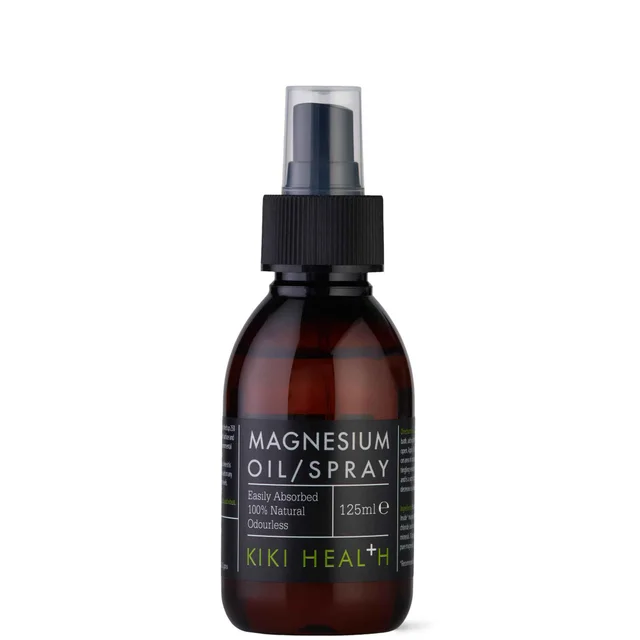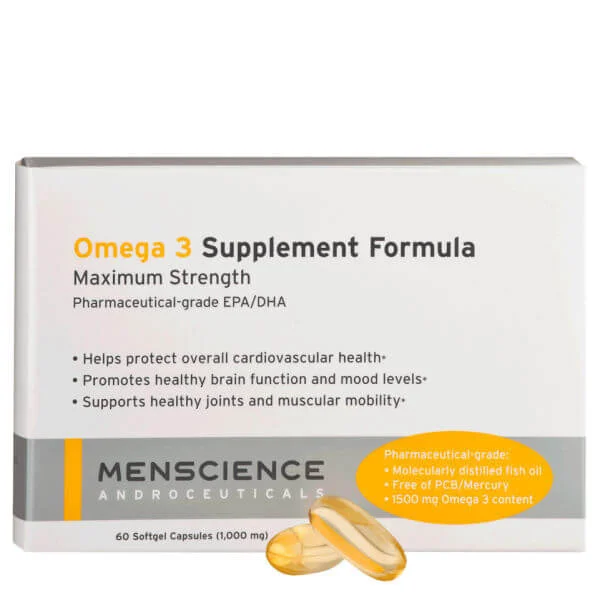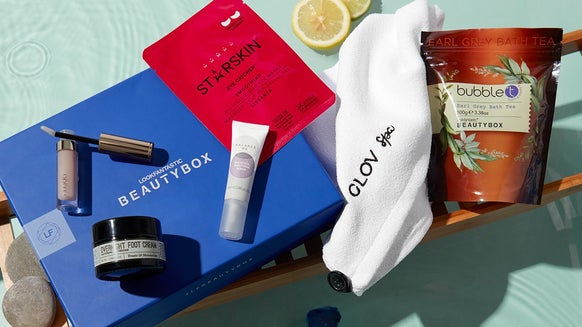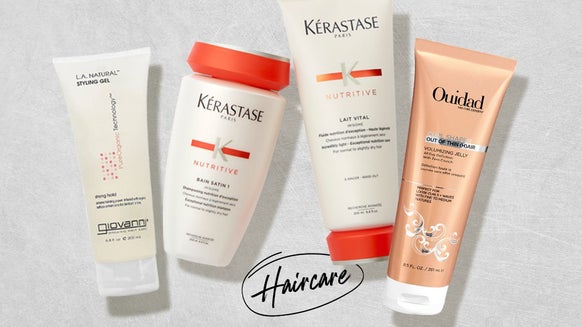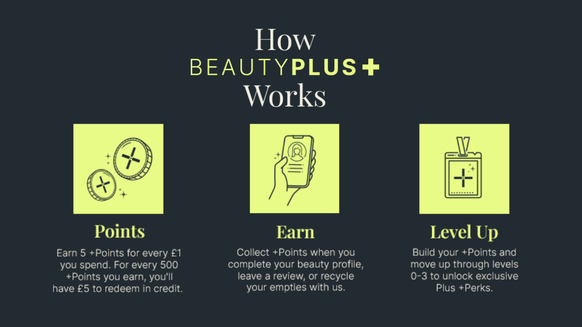How to have a more comfortable period
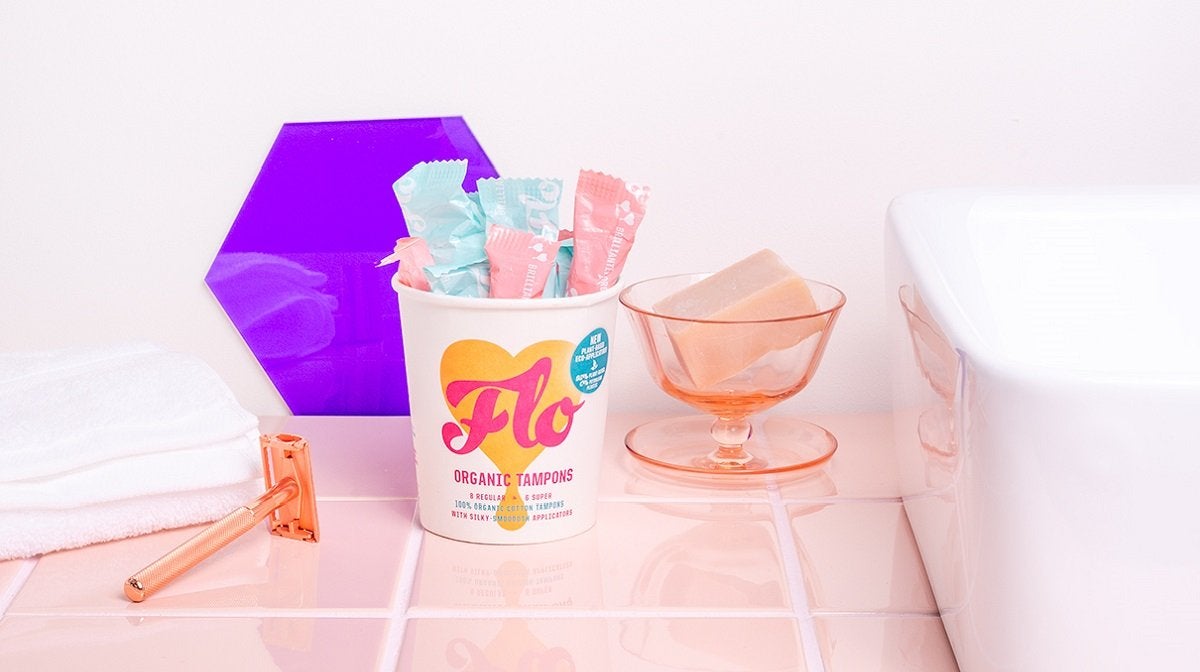
When it comes to that time of the month, most of us know to expect some level of discomfort that is bound to come with the shedding of an internal organ. However, the effects of the natural rise and fall of hormones throughout a woman's cycle aren't entirely physical, with 3 in 4 menstruators reporting symptoms of PMS*.
What is PMS?
"PMS is a combination of symptoms that arise during the luteal phase, just before someone’s period" says Dr Jolene Brighten, NMD, FABNE. She explains that PMS symptoms can be both physical and mood related, with women likely to experience anything from bloating and breast tenderness to irritability or "finding yourself crying easily". But what causes this imbalance every month? "PMS is likely caused by a hormone imbalance either estrogen dominance or a deficiency in progesterone or an unhealthy progesterone curve over the course of the luteal phase" explains Jes Hagan, period educator and integrative menstrual health coach. Reassuringly, "PMS responds quickly & can be eliminated with lifestyle & diet medicine protocols" adds Jes, unlike PMDD, a more severe form of the condition.
How to relieve PMS symptoms
As pointed out by Jes, following a healthy lifestyle can help to reduce the severity of PMS symptoms in most cases. This includes regular exercise, getting enough sleep, managing stress and eating a healthy balanced diet, reducing caffeine, sugar and alcohol intake in the run up to your period. Dr Brighten also adds that vitamin supplements may be effective in helping to reduce symptoms, in particular, "calcium, vitamin B6, magnesium, and omega-3 fatty acids have all ben shown to be beneficial".
What is PMDD?
Although PMS and PMDD share some of the same psychological & physical symptoms, PMDD is a much more severe condition that affects around 1 in 20 menstruators says Jes. "PMDD symptoms severely interfere with the individual’s ability to live their daily life whereas PMS symptoms are more of an annoying but tolerable nuance". Not a hormone imbalance, "PMDD is believed to be a cellular neurological disorder caused by a sensitivity to the natural fall of estrogen & rise of progesterone after ovulation and is a cyclical reproductive mood disorder that arises during the luteal phase of the menstrual cycle with symptoms presenting around 10-14 days before menstruation begins" adds Jes. She reports that symptoms of the condition include PMS symptoms such as crying spells, breast tenderness and food cravings, as well as "mood swings, irritability/rage, emotional sensitivity, depression, anxiety, sudden loss of self-worth, brain fog, difficulty concentrating, suicidal ideation, fatigue, feeling out of control leading, bloating, muscle pain, joint swelling and episodes leading to interpersonal conflicts".
How to relieve the symptoms of PMDD
If you do feel as though you may be experiencing symptoms of PMDD, it's advised to speak to a health professional who can recommend the right form of treatment for you. As Jes points out, "PMDD may be more complex than PMS and requires more intensive interventions and long-term management". Although there are medicinal treatment options for PMDD, there are lifestyle changes that can be made to help alleviate the intensity of symptoms. "Lifestyle and diet changes can make a huge impact on the severity of PMDD symptom presentation" says Jes. These include:
- Supplementing with essential micronutrients for hormone health like: B6, Calcium, Magnesium, omega-3 fatty acids and vitamin D3.
- Reducing consumption of processed foods, sugar, alcohol and caffeine are known to help.
- Getting regular adequate uninterrupted sleep for 7-9 hours is required for healthy hormone function.
- Getting more active, aiming for 30 minutes per day of movement with 3 days a week of more intensive exercise is known to reduce symptoms.
- Learning how to use skills and tools in order to better manage stress, to reduce the impact on interpersonal relationships and mood.
What is menstruation?
Menstruation or a 'period' refers to the time in your cycle when bleeding occurs as a result of the lining of the uterus breaking down when an egg is not fertilized. According to the NHS**, the average period lasts anywhere between 3 and 8 days, with most menstruators loosing around 5 to 12 teaspoons of blood each month. During this time, it is common to experience symptoms such as cramping, bowel movements that are different to the rest of the month and in some cases fatigue, with symptoms varying depending on the amount of blood lost. Although these symptoms are common, Dr Brighten warns to seek professional advice for "cramping that interferes with your daily activities, makes you vomit, or leaves you in tears" or if you are experiencing signs of anaemia such as cravings for ice or non-food items.
How to reduce period discomfort
A home remedy used for centuries, "heat application with a hot water bottle, heating pad, or bath is always helpful in reducing the intensity of cramps" says Dr Brighten. However, if you are experiencing
Similar to PMS, period discomfort can also be alleviated with daily supplements. In addition to magnesium, which can help relieve muscle cramps and omega-3 fatty acids, Dr Brighten recommends glycinate, anti-inflammatory herbs like turmeric and taking iron if you’re anaemic.
"If it is truly a light flow, a panty liner should suffice or period underwear" advises Dr Brighten. Thinner than a pad, these lightweight liners are available in a variety of materials including cotton, or more sustainable materials including bamboo and fit into your underwear offering external absorption.
For a heavy or medium flow, Dr Brighten advises using a menstrual cup, tampons, pads, or period underwear. "I find that for truly heavy or too heavy periods, most patients use period underwear like a pantiliner, rather than relying on it for their primary product. They may couple it with a cup or tampon".
Usually made from silicone or rubber, menstrual cups are inserted into the vagina and collect the blood. They are then taken out and washed before reusing.
Usually made from cotton, tampons are inserted into the vagina and absorb the blood internally. They are available with an applicator and come with a string end which allows the tampon to be pulled out and should be changed every 4-6 hours***.
Otherwise known as sanitary towels, these offer external absorption and work in the same way as a panty liner, fitting into your underwear.
An alternative to pads, period underwear is made from ultra-absorbent material to catch blood externally. Often made from cotton, these can be washed and re-used making them a sustainable option.
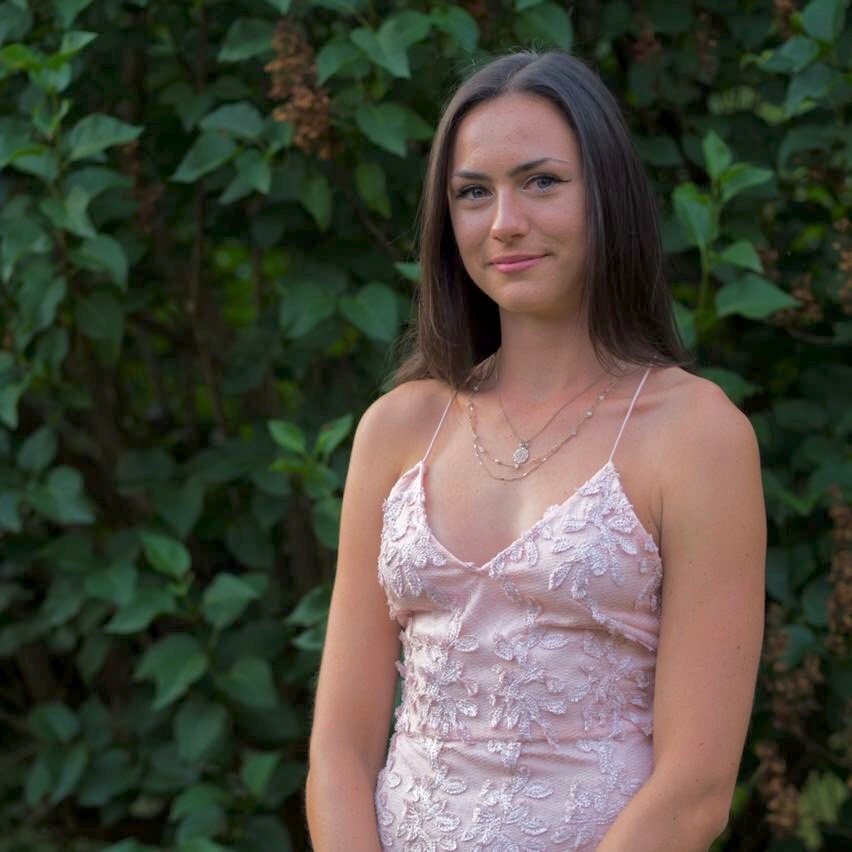
Working with brands at LOOKFANTASTIC for over two years I have developed my knowledge of all things beauty from key skincare concerns to niche makeup tricks and haircare hacks. I have a major passion for finding effective solutions that are easily accessible to everyone so that we can all achieve our best, glowing complexion.

